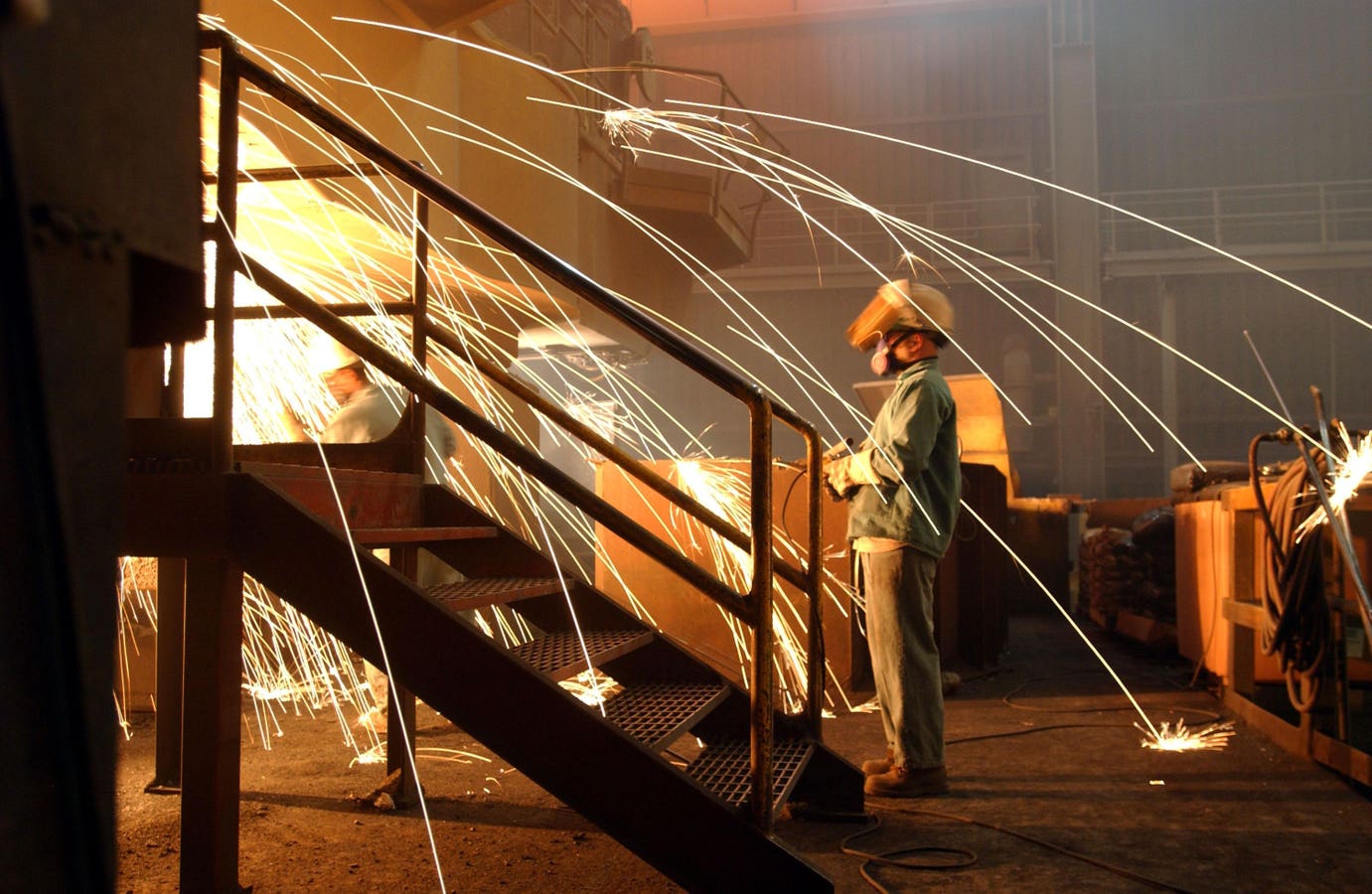This Labor Day, the labor force is facing divergent pressures from AI, demographic shifts, and new immigration policies.
Why it matters
- The rapid integration of artificial intelligence is reshaping job markets, creating both opportunities and displacements.
- Shifts in demographics and labor policies are impacting workforce availability and composition.
- Understanding these trends is crucial for policymakers, businesses, and workers alike to navigate the evolving landscape.
As Labor Day 2025 arrives, the U.S. workforce is grappling with a confluence of significant challenges and transformations. The landscape of employment is being reshaped by the rise of artificial intelligence (AI), demographic transitions, and evolving immigration policies. Each of these factors brings its own set of implications for workers, employers, and the economy at large.
The advent of AI technologies continues to revolutionize industries, promising increased efficiency and productivity. However, this rapid integration is also triggering concerns about job security and workforce displacement. Many roles traditionally filled by humans are being automated, leading to fears of increased unemployment. While some sectors are experiencing job creation in tech-related fields, the overall effect on employment remains a contentious issue. Workers in roles that are easily replaceable by machines are particularly vulnerable, making it essential for individuals to adapt through reskilling and upskilling initiatives.
Demographic changes further complicate the employment landscape. An aging population is altering the labor force's composition, leading to labor shortages in certain industries. As Baby Boomers retire, there is a pressing need to fill these gaps with younger workers, who may not be entering the workforce at the same pace. This shift underscores the importance of attracting and retaining talent, prompting businesses to reconsider their hiring practices and workplace environments to appeal to younger generations.
Simultaneously, immigration policies are undergoing significant revisions, which could have profound effects on the labor market. In recent years, discussions around immigration have intensified, with various policies being proposed and implemented. Changes in immigration laws can either exacerbate or alleviate workforce shortages, depending on how they are structured. Many sectors, particularly those reliant on immigrant labor, are closely monitoring these developments, as they directly impact their ability to operate effectively.
The interplay between these three factors—AI, demographics, and immigration—creates a complex scenario for the labor market. Employers are increasingly challenged to navigate these dynamics while maintaining productivity and competitiveness. For instance, businesses that fail to adapt to technological advancements may find themselves outpaced by competitors who leverage AI effectively. Conversely, those who invest in their workforce and embrace innovation may thrive in this new environment.
Moreover, policymakers have a crucial role in addressing these challenges. With the labor market in flux, there is a growing need for comprehensive strategies that support workforce development and ensure a smooth transition for displaced workers. Initiatives such as vocational training programs, educational reforms, and immigration pathways can help mitigate the adverse effects of these shifts, fostering a robust and resilient labor force.
As we reflect on Labor Day 2025, it is essential to recognize that the pressures facing the labor force are not merely temporary inconveniences; they are indicative of a broader transformation. The integration of AI into everyday work processes is set to continue, and the demographic and policy shifts will only add layers of complexity to the labor market.
In conclusion, the challenges presented by AI, demographic changes, and immigration reforms are not insurmountable, but they do require proactive and collaborative approaches from all stakeholders involved. As we move forward, the ability to adapt and innovate will be vital for workers and businesses alike in navigating this evolving landscape.











